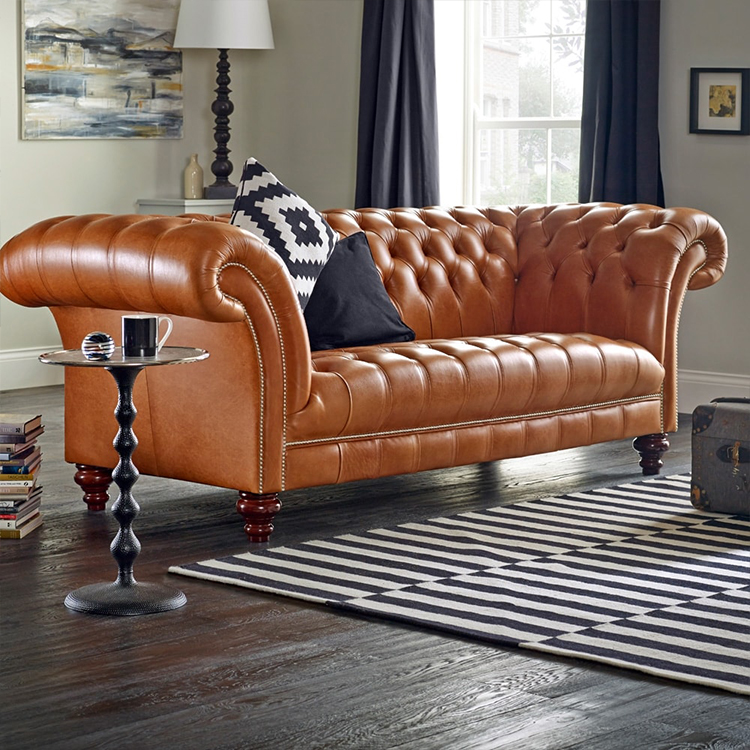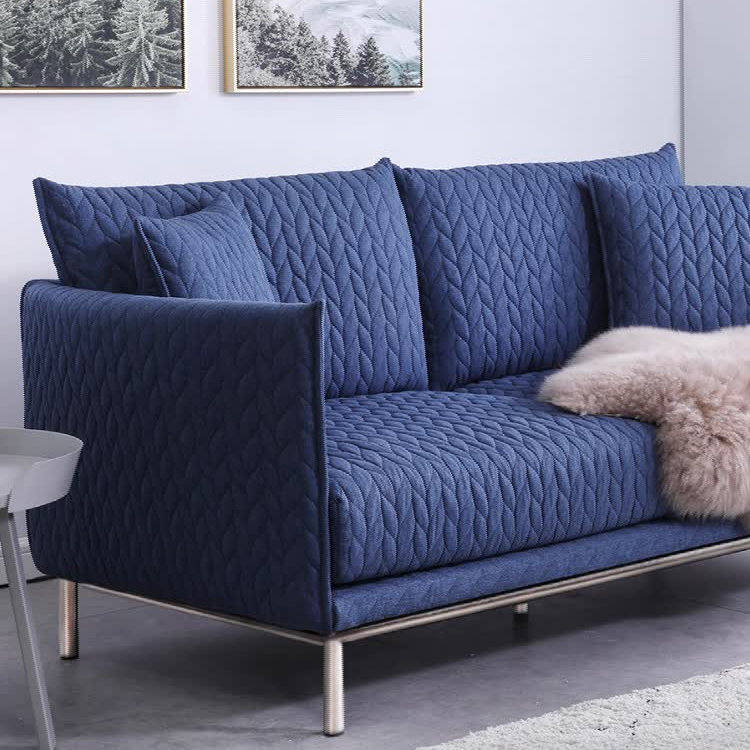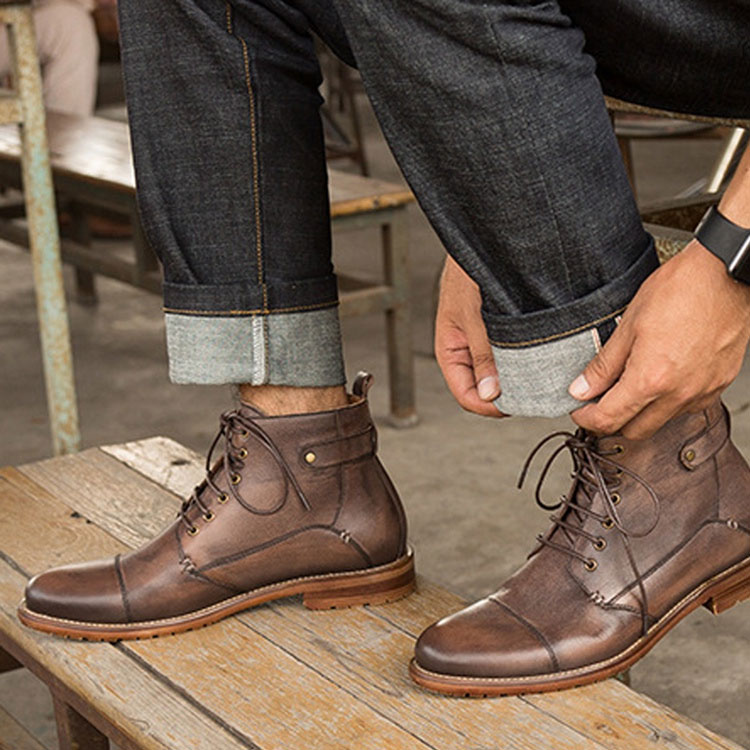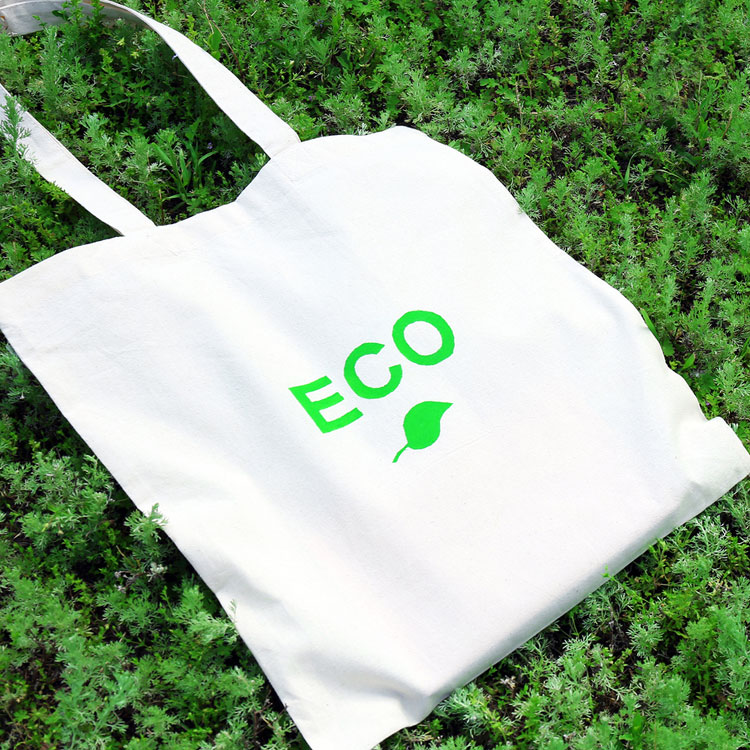1. Singeing
Whether flannel needs singeing should be decided according to the fabric structure and processing requirements. Under normal circumstances, flannel does not require singeing, such as printing single-sided velvet, the printed pattern is printed on the velvet side, and singeing loses its meaning. However, if the printed single-faced velvet is printed on the non-lint side, the non-lint side can be singed. Singeing is better with gas singeing, but the size of the flame and the speed of the vehicle should be controlled to achieve the effect of singeing, but it will not affect the quality of the pile.
2. Desizing (scouring)
If the slurry on the flannel is not removed, the fibers are adhered by the slurry, which affects the fuzzing effect. Therefore, the flannel must not only be desizing, but also have a good desizing effect. At the same time, it is required to maintain a certain wax on the fabric before the velvet, because the presence of wax is conducive to the insertion and detachment of the raising needle and improves the raising effect. In order to maintain the waxiness of the fabric I:, the general velvet cloth can be cooked without scouring, but the impurities on the grey cloth cannot be removed, which will affect the appearance quality of the finished product. For example, from the perspective of improving the desizing effect, the enzyme desizing of starch slurry is better, but the enzyme desizing cannot remove impurities, so it is not suitable for use. Practice has proved that desizing with a higher concentration of lye can improve the desizing effect, and at the same time, it can achieve the effect of light cooking to remove some impurities, so that the capillary effect can reach 6~8cm/30min.
Generally, secondary rolling alkali stacking is adopted, which is more conducive to puffing of cottonseed hulls and improving the quality of semi-finished flannel products. The second rolling alkali can use the remaining lye.
The desizing and scouring methods are nothing more than rope-like bleaching and flat-width bleaching. The selection should be based on the fabric characteristics and processing requirements. Generally, except for the denser and thicker flannel, the general organization is looser velvet fabrics. It is better to use rope 1: art. After desizing (scouring), the grease removal rate on the flannel is generally around 45%.
3. Bleaching
Velvet bleaching generally uses sodium hypochlorite bleaching process. Because the flannel is lightly smelted or not cooked, in addition to strengthening the desizing process, the bleaching process should also be strengthened. Only in this way can the quality of the semi-finished products of the flannel be bleached and bleached. The bleaching of flannel requires both the strength of the fabric and the required whiteness standards, and the surface of the fabric should be free of cottonseed hulls.
4. Mercerized
After the mercerizing of the fabric, the twist of the yarn increases, the fiber expands, and the warp and weft density also change accordingly. At the same time, the mercerizing can also remove the natural oil wax on some fabrics, which increases the difficulty of fluffing, so the flannel generally does not require mercerizing of.
However, mercerizing can reduce the shrinkage rate, increase the vividness of the color, and improve the printing effect of the printed cloth, so the question of whether the flannel should be mercerized is still worthy of study.
5. Raising
Bleached velvet and dyed velvet are generally paddled with softener before raising. Bleached velvet should be whitened with whitening agent and paint blue liquid, and then velvet; printed velvet can be directly started after bleaching and drying. velvet.
(1) Raising equipment. The raising is carried out on the drawing machine.
The drawing machine is composed of a small roller with 36 steel wire cloths wrapped around the circumference of the large roller of the main shaft. These small rollers are divided into 18 pairs. Each pair of pull-point needles point oppositely and rotate in the same direction. The needle points point to the same direction as the cloth travel direction. The needle rollers are traditionally called push teeth; the needle points point to the direction opposite to the cloth travel direction. Counter-clockwise rollers are traditionally called pull teeth. They revolve in the positive direction of the large roller and rotate in the reverse direction of the large roller. Under normal circumstances, the counter-clockwise roller is raised, the needle tip is inserted into the weft, and the cilia is pulled out like the hoe is turned over; the clockwise roller is used to card out the cilia, but when the circumferential speed of the clockwise roller is less than that of the large roller At the circumferential speed of the cylinder, it also acts as a brush. The number of fluffing passes depends on the structure of the fabric, the twist of the yarn count, the condition of scouring and bleaching, and the speed ratio of the counterclockwise rollers of the brushing machine. Generally it is pulled 6-8 times on the pile machine.
(2) "Zero" raising theory. The "zero point" raising theory of raising has certain guiding significance for discussing the amount of raising force and production practice. The so-called "zero point" raising means that the fabric does not pick up after passing through the drawing machine. Using this method to find the "zero point" approximately, the amount of raising force can be controlled. Generally speaking, the raising force is controlled by adjusting the rotation speed of the clockwise and counter-clockwise rollers. According to the need, adjust the speed changer to adjust the speed ratio to start raising. The amount of pile is adjusted by the running speed of the fabric. The speed of the brushing machine is fast, and the number of contact between the needle tip and the fabric is small. The amount of pile is small. On the contrary, the amount of pile is increased.
(3) Factors affecting the effect of raising. The padding softener before the pile is good for pile. Commonly used softeners are actually emulsifiers, such as paraffin, stearic acid, Akrabang A, softener 101 and soap, etc. Among them, softener 101 has a better effect. The amount of softener 101 is 10~209/L, the temperature is 60~65"12, and the temperature cannot exceed 80°C for a long time, so as to avoid the precipitation of wax. The prepared padding liquid should be white emulsion, if it is turmeric bonding It means that the emulsification is incomplete, and it is easy to cause stains on the padding fabric.
②The fabric tension during raising will affect the raising effect, because the resultant force of the tension is distributed vertically at the tip of the raising}:. With high tension, the vertical pressure of the fabric on the tip of the needle 1 is also large, the resistance of the needle roller is large, the belt slip is also large, the raising force is small, and the raising is short, which is suitable for thin and tight chemical fiber fabrics that are easy to stretch. The tension is small, the raising force is large and uneven. The fabric must jump on the needle roller, and even cause the weft yarn to move. The suede is like a wave and is very uneven. Therefore, the tension control should be moderate when raising. The method of controlling the fabric tension in the brushing machine E is mainly controlled by the tension device of the feeding roller and the feeding roller, and the elasticity of the master is adjusted appropriately.
③The moisture content and fabric temperature before fabric raising have an effect on raising. Hot fabrics are easier to raise than cold fabrics. When the moisture content is between 5% and 6%, it can eliminate static electricity and facilitate raising.
(4) Raising operations and requirements. The raising operation is also very important for needle roller maintenance. When raising the cloth, the needle roller will be sucked seriously, the cloth at the cloth feed will bounce badly, the cloth will be pulled out at the cloth feed, and the fabric fluff will not be lifted, the pile should be stopped, after the fabric mushroom is newly dipped and softened by lol Raising again, otherwise it will damage the card clothing and damage the fabric. It is also necessary to prevent the broken ends of the fabric when raising, because the broken ends are wrapped around the counter-needle roller, not only the fabric is broken, but the needle roller is also seriously injured or even scrapped. During the operation, it should also be noted that the fabric should be moved frequently from side to side, not only to ensure the sharpness of the needle tip, but also to ensure the quality of the fabric pile. In addition, the needle tip of the new needle roller is too sharp, and it should be sharpened before use. Generally, the use of the pile roller is about half a year, and the needle tip should be dull and sharpened.
In the long-term practice of raising, people have accumulated a lot of experience. For example, the tentering before raising is favorable for raising, the operation should be smooth in each raising, and multiple light-pulling should be mastered in raising.
The pile should be short, dense and even. The more important feet should be careful not to raise excessively, otherwise it will seriously affect the strength of the fabric. Generally, the strength should be sampled when the pile is close to the standard. The weft strength after pile should be at least 177N ( 18kgf) or more, otherwise it will affect the fastness of use.
In the long-term practice, people have summed up the "three attendance" system of attendance inspection, diligent research, and diligent contact with the velvet operation method, which has a better effect on raising and ensuring the raising of doubts.
6. Washing down
After the fabric is piled up, the flag streamer has a layer of fluffy fluff, and the fabric feels very soft. Some short piles that are broken during the fluffing process are attached to the surface of the flannel. These short piles must be removed, otherwise they will be printed. Cause defects such as dragging, dragging, and intarsia. After washing the velvet for printing, it is usually sized with 8~129/L acorn powder or starch slurry.

 English
English España
España







